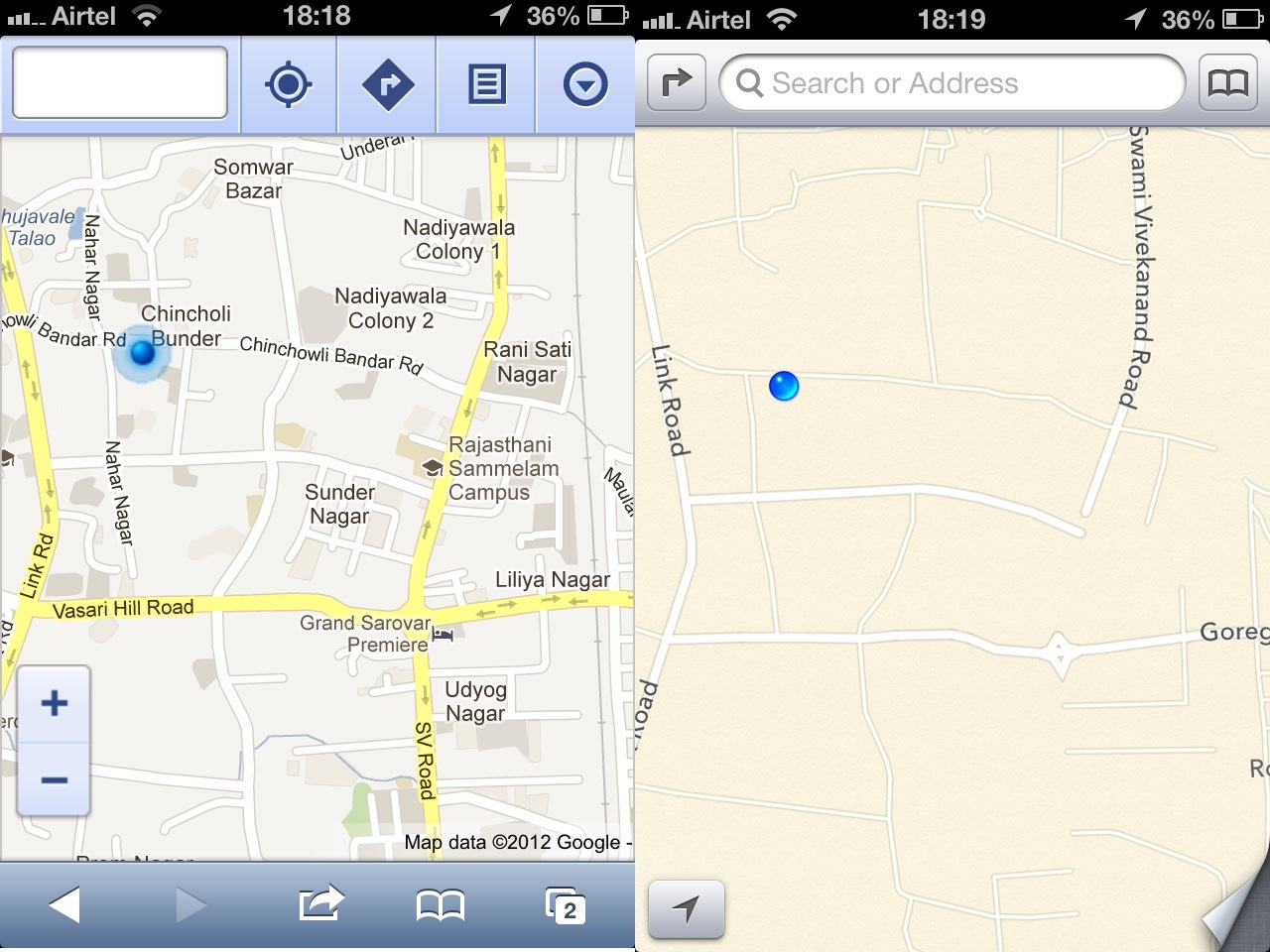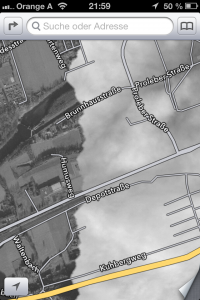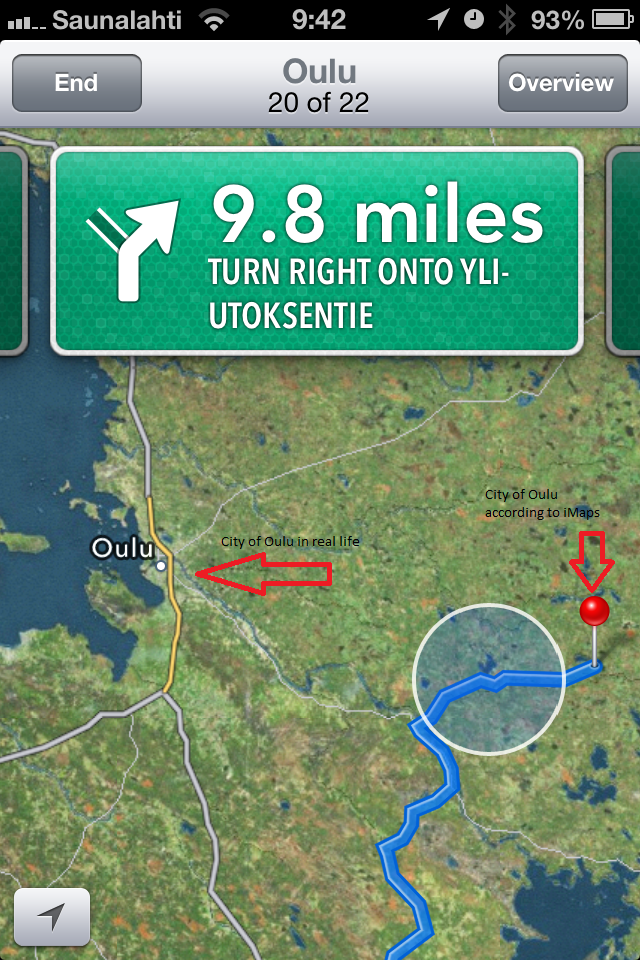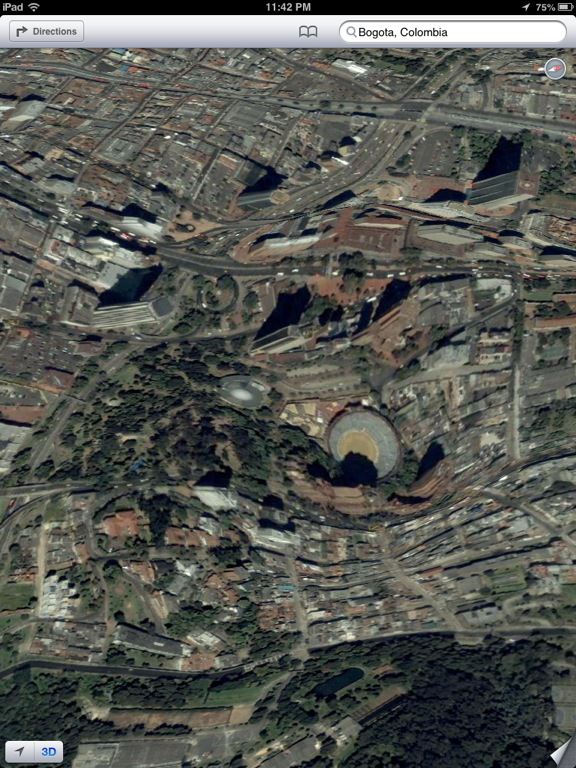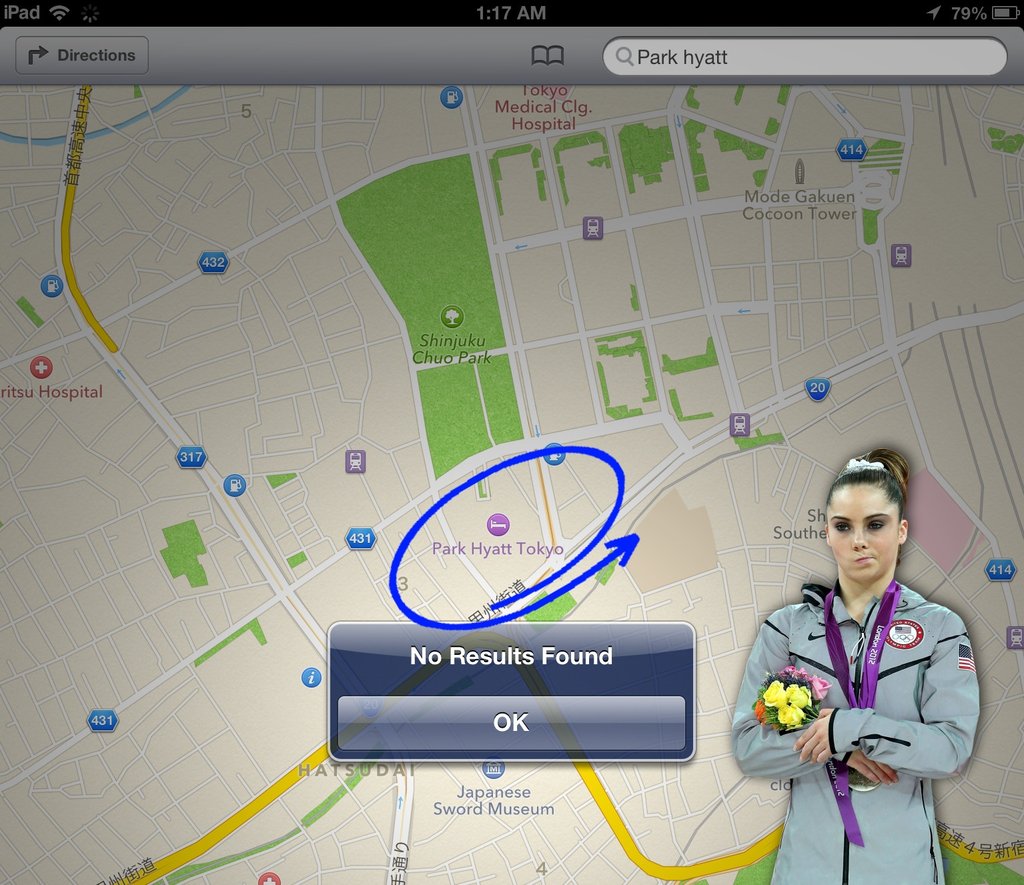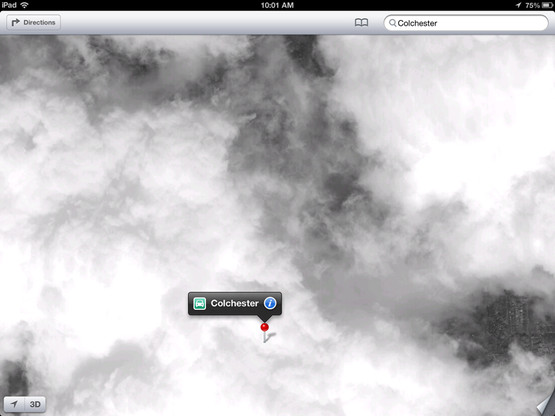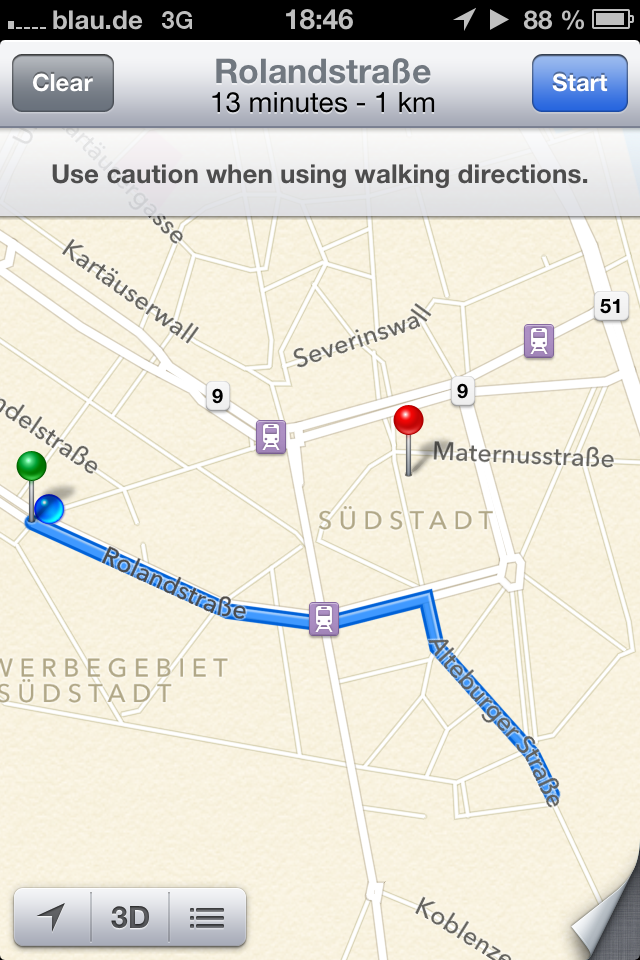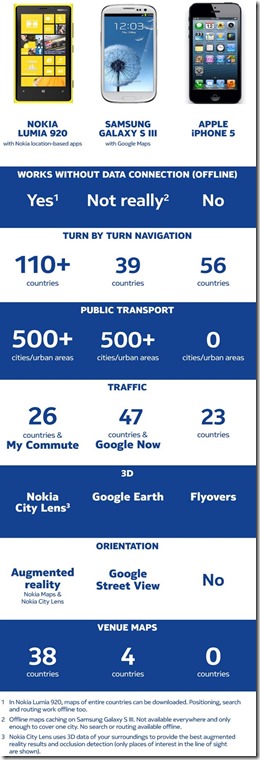The first thought to enter your mind when opening the Lumia box is “Wow” – the design is so different to the other smartphones on the market, yet remains identifiably Nokia. With the fabula design, Nokia has managed to set itself apart with a combination of elegance and simplicity. In comparison, Samsung’s Ativ S (pictured below) looks clunky and out-dated. On the design front, Nokia seems peerless in striving for new designs – the iPhone has had 2, the original curved plastic back of the 2g, 3g and 3gs, and the current design of the 4, 4S and 5 (adding an extra inch of vertical height does not count as a design overhaul); HTC has churned out the same rounded-edge rectangles in grey for years, until borrowing a few design cues from the Lumia range for its 8X and 8S handsets; and Samsung is profiting nicely from copying the iPhone. The Lumia 920 always got a comment when it was taken out of my pocket, and it was always positive.
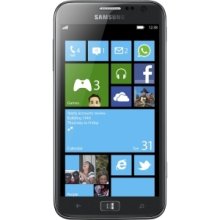
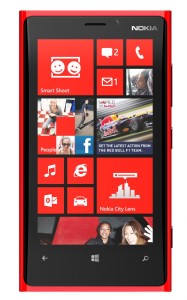
Your second thought comes after picking it up – the weight is nothing like so many reviews would have you believe. Some state the phone makes their arm ache, it’s uncomfortable to hold to their ear, it doesn’t fit in their pockets and it’s a struggle to hold. This is a device that weighs not even 200g – heavy compared to other smartphones, but by no means heavy in an objective definition. The fact is, complaints about weight are not doing much to improve the stereotype of wimpy geeks.
The 920 feels like a premium device – by no means will it make your arms ache (and if it does, a visit to the gym now and then would be recommended), but you will know you’re holding it. Compared to the iPhone 5’s feel of almost weightlessness, the 920’s feel is my preference. Holding the iPhone 5 makes me worry that holding it too tight will cause it to crumble, and the end result is most people will choose to cover it in a case that bumps the weight up to that of the 920 anyway. With the 920, the usual fear of damaging a trial device isn’t there – videos are abundant on YouTube of people going to extreme lengths to try to damage the device, with most failing to do so. No case or screen protector is necessary, and after more than a month of using it, there was not one scratch on either the screen or body.
One of the big features of the 920 is the ClearBack Display boosting readability levels when outdoors. This has been a smartphone plague since day one, and nothing caused me more frustration on my Samsung Galaxy II than trying to read an email outdoors – even minimal sunlight rendered readability to zero. By comparison, I never once had to shield the 920’s screen to make out what it was displaying; during my review period I visited Arizona, and even beneath its bright sunlight it was like looking at the screen indoors. It’s without doubt the best screen the market has to offer, and a feature Nokia should be shouting about.
Fortunately for the review, I was also able to test it in the English winter. Could it really work with gloves? Yes, it can. Reasonably thick leather ones too, with stunning accuracy. Finding a contact to call and even typing messages were no problem. When resistive screens were still reasonably popular, I was an advocate of them for the simple reason that they registered clicks from things besides flesh; the inability of capacitive screens to do so is a glaring problem and one that manufacturers have been content to ignore. Perhaps a perk of being based in Finland, a country that experiences winters California can’t even dream about, Nokia saw this weakness and overcame it – to such an extent that it even registers input from big ski mitts. If you’ve ever missed a call because you couldn’t get your glove off in time, you’ll understand the benefit of this technology.
One of the other features is Nokia’s Rich Recording, a feature only present on Nokia’s recent devices (you’ll be forgiven for having not heard of it, as Nokia has hardly mentioned it). Chances are you’ve seen a video on YouTube of a concert filmed on a mobile phone, or even recorded your own, and not had a clue what the song is supposed to sound like when you play it. If you own a non-Nokia device, you’re pretty much guaranteed that experience. If you do have a Lumia or the 808 PureView, though, then you will be able to record audio and listen to it later with such clarity it’s as though you’re still there. Want an example? The video below compares the 920 with HTC’s Windows Phone flagship the 8X.
If there’s one feature that the 920 boasts and people do know about, it’s the camera – specifically the low-light capabilities. It’s one thing when a manufacturer touts these things, but there’s never a guarantee they’ll work that way in real life conditions. Here are some sample shots I took in low-light, with no flash.






The camera has some interesting features besides its incredible low-light abilities, and they never ceased to amaze my iPhone-owning friends (and at least two wanted to immediately drop their Apple and get the 920 instead). Smart Shoot in particular always got stunned expressions when a person or object was simply removed from a picture, or the option to flip through multiple shots to pick the best one – ideal when someone is blinking or moving. Cinemagraph also elicited shocked responses as the picture suddenly became alive with waves, smiles and moving objects. The camera capabilities, including the aforementioned Smart Shoot and Cinemagraph, put Nokia on a plane that its competitors can only dream of matching. In fact, the camera technology Nokia has in the 808 PureView runs rings around Samsung’s dedicated Galaxy camera.
The software on the phone is excellent too. The native Nokia Maps were used frequently during my time in America – always offline and they never missed a beat. From the back hills of California to the freeways along Pacific Highway, as well as finding stores like Target, it worked first time every time. It’s easy to take for granted just how good those maps are, but a recent use of Apple’s “sat nav” really proved how capable Nokia’s offering is. The iPhone version does not display the speed limit, the travelling speed, the time until the destination or any other information. When approaching a junction, it does not say “Turn left now”, and about one-third of the screen is taken up with the roadsign image – meaning that you can only see on the screen about the next 30 yards of road, and that makes it impossible to know what your next move is, and thus which lane to be in. Although it knew where we were trying to go, and did get us there, the way it did so was frustrating and, at times, outright dangerous. On a three-hour journey in a motorhome in California, questions of “How long until we get there?” were unanswerable by those on iPhones, partly because the maps don’t give that information and partly because when there’s no signal, there’s no information. The 920 gave the information within ten seconds of it leaving my pocket. It’s the differences like these that truly demonstrate just how far ahead Nokia is with its maps – being able to immediately pick up your location, your destination and the time between, while offline, is one feature that will be sorely missed by anyone who uses it and then uses a competitor device.
Maps also has the City Lens feature of augmented reality. When visiting somewhere new this is an excellent, and fast, way of finding what you need. You can hold the phone up to your surroundings and see what’s around you, or hold it vertically for a list. Tap an item and you can see photos, read reviews, call the place, or get directions using Nokia Drive. Seamlessly integrated, and probably the quickest, easiest way of discovering new things presented by any phone.
The other main feature of the 920 is its wireless charging capability. Although it still requires contact, of being placed onto the pad, it’s quite shocking how much easier it makes things. It’s a common problem that the charging cables are too short to reach from a bedside cabinet to the bed, which means fumbling in the dark if the phone goes off, trying to unplug it, not drop the cable, and then plugging it in again when you’re done. The wireless charging ability means you pick it up and put it down like you would normally, except it carries on charging as you put it down. It’s a simple action that makes things much easier, and since the 920’s release other manufacturers have rushed the feature into removable cases for existing handsets. That being said, the irony of the 920 having it is that it’s a battery seemingly impossible to kill anyway – no matter what my usage was (games, video, music, web browsing, voice calls, text messages, WhatsApp etc), it would never die before I put it on to charge at night. That was a solid 14+ hours every day, and on days of medium usage, I wouldn’t bother charging it overnight and it would last until the following evening.
The Windows Phone 8 software has been largely discussed already and there’s not much more to add. The new Start screen is very impressive, and going back to Windows Phone 7.5 after using 8 makes you appreciate how much better the upgrade is. The 920 is extremely fast and fluid, and the operating system is obviously designed to make everything so simple to get – from Search results offering relevant apps to improved live tiles, and resizeable tiles making information so much easier to get to. Kid’s Corner is a feature that I have no use for, but see the need for other people to have. In fact, on one trip to Target, there were three women looking at a children’s iPhone dock, of which the main feature was, according to one ecstatic shopper, “it blocks the home button being pushed so the kids can’t make calls and stuff.” Kid’s Corner, for those who haven’t yet heard of it, is an area of the phone where you can decide what apps and games are available, so the children can use the phone to play Angry Birds but you don’t have to worry about them deleting emails and contacts or making expensive calls. It’s a feature that is sorely needed by millions of parents, and you don’t need a separate accessory that only does one small fraction of Kid’s Corner. For Android and Apple, there isn’t an app for that.
Windows Phone 8 also brings the much, much needed backup ability. It isn’t quite as good as other options though – from Nokia’s previous Symbian and Maemo options, and iOS and Android, all let you backup a local copy to the PC whenever you want. Microsoft has oddly chosen not to do this, and in WP8 certain things, including text messages, are stored to SkyDrive. It’s not the complete option that we expect, and Microsoft needs to address the issue immediately – who is going to store data they can’t afford to lose on a device that doesn’t allow them to back it up?
Nokia is touting the 920 as the most innovative smartphone in the world. With wireless charging, the best screen on the market bar none, outstanding maps, Rich Recording, Optical Image Stabilisation, PureView camera technology, Lenses and the near-indestructible build quality that has led to countless people trying to destroy it in videos, there’s no choice but to agree. It’s no surprise the Lumia 920 won 12 awards in 2012, and couple that with a fast, simple and refreshing operating system, Nokia has a clear winner in the Lumia 920.
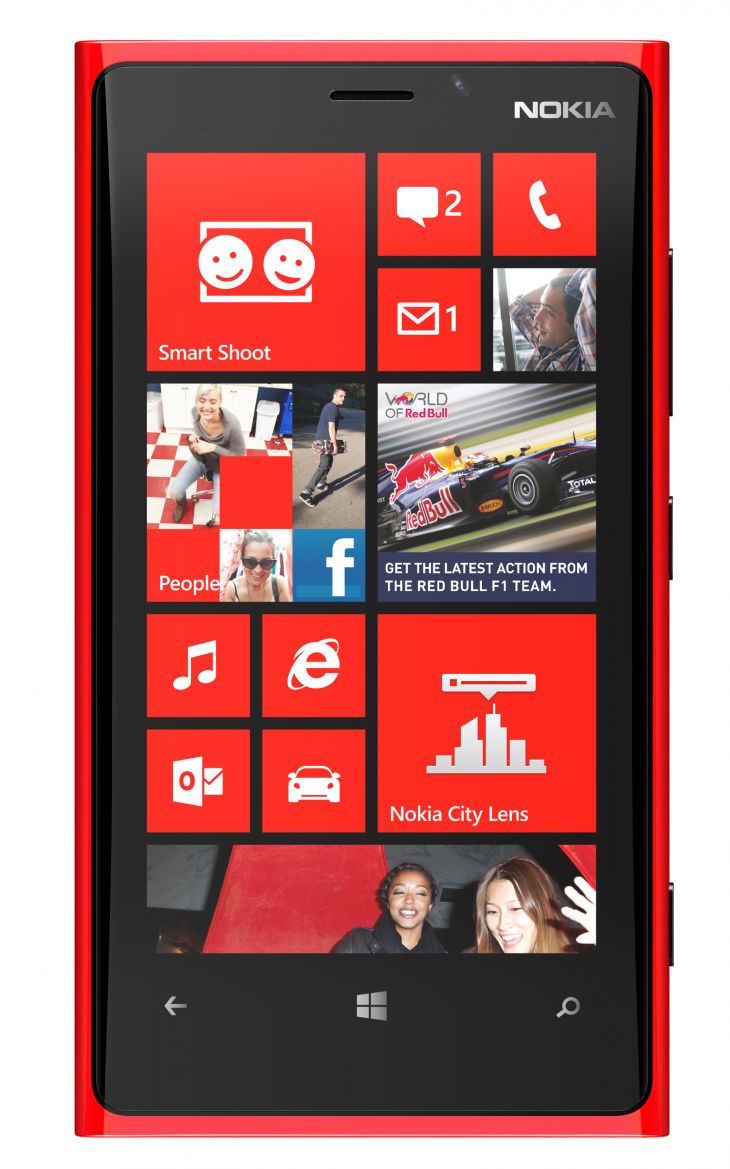
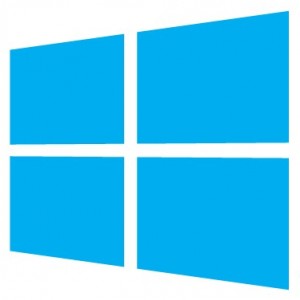
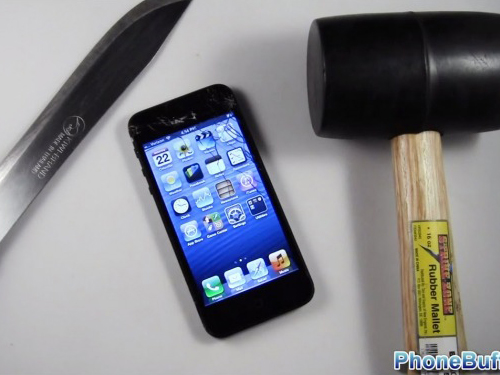

.jpg)





